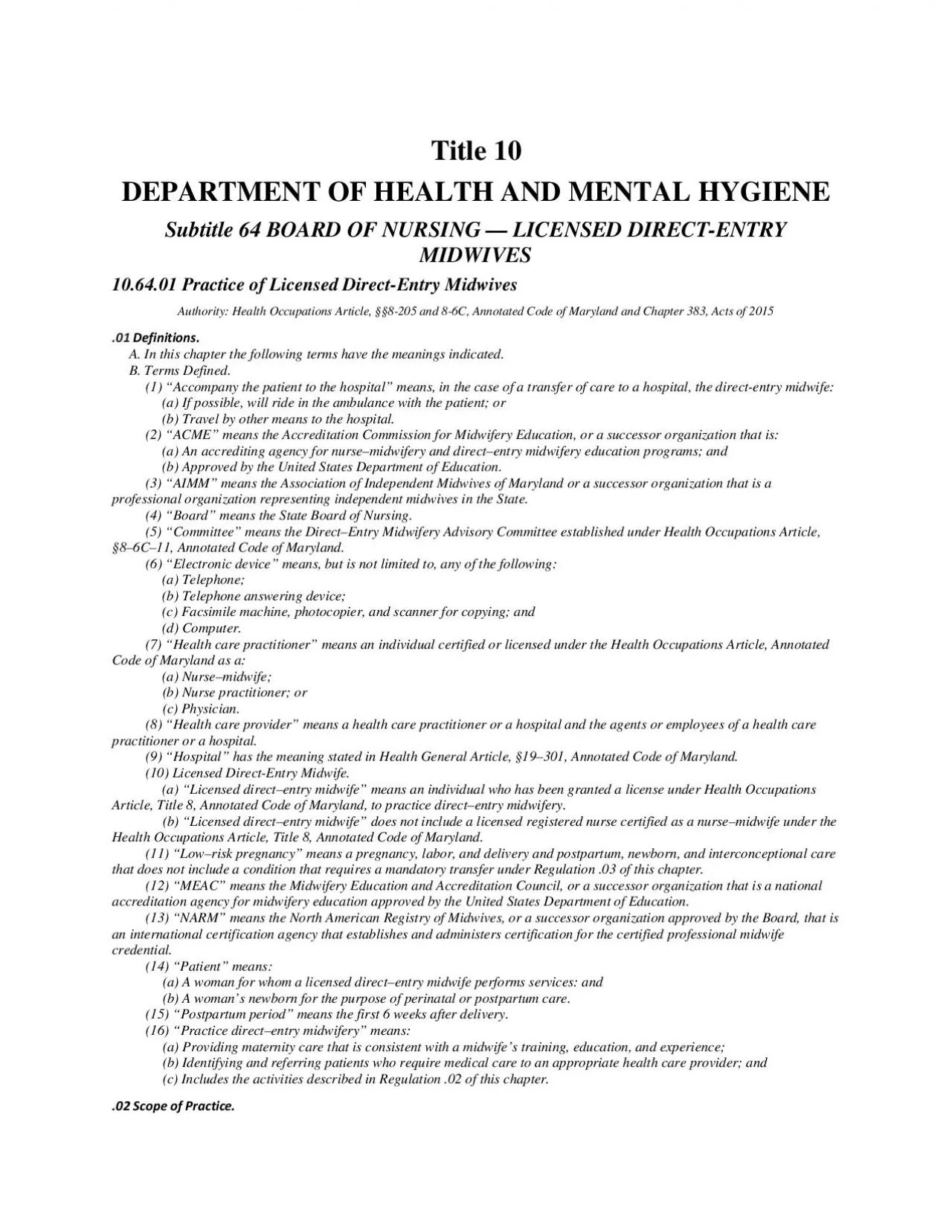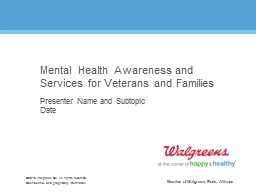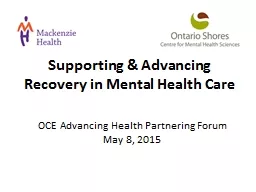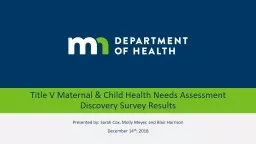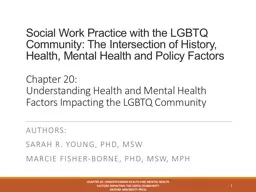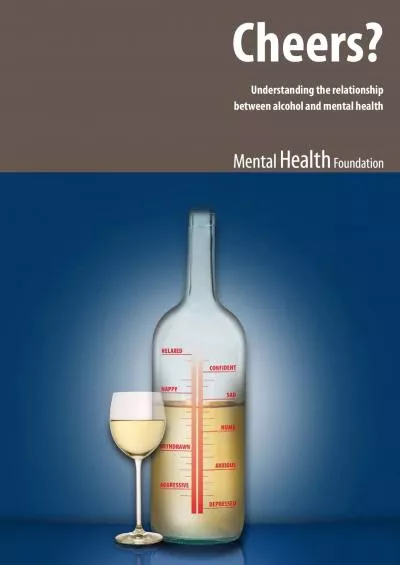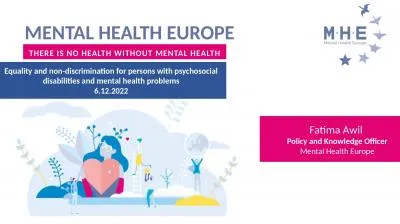PDF-Title 10DEPARTMENT OF HEALTH AND MENTAL HYGIENESubtitle 64 BOARD OF NU
Author : brown | Published Date : 2022-09-05
The practice of directentry midwifery includesA Providing the necessary supervision care and advice to a patient during a lowrisk pregnancy labor delivery and postpartum
Presentation Embed Code
Download Presentation
Download Presentation The PPT/PDF document "Title 10DEPARTMENT OF HEALTH AND MENTAL ..." is the property of its rightful owner. Permission is granted to download and print the materials on this website for personal, non-commercial use only, and to display it on your personal computer provided you do not modify the materials and that you retain all copyright notices contained in the materials. By downloading content from our website, you accept the terms of this agreement.
Title 10DEPARTMENT OF HEALTH AND MENTAL HYGIENESubtitle 64 BOARD OF NU: Transcript
Download Rules Of Document
"Title 10DEPARTMENT OF HEALTH AND MENTAL HYGIENESubtitle 64 BOARD OF NU"The content belongs to its owner. You may download and print it for personal use, without modification, and keep all copyright notices. By downloading, you agree to these terms.
Related Documents

